The late 19th century was an age of vigorous experimentation, with enough talent and money spent on extravagant naval innovations to make our modern shipbuilders
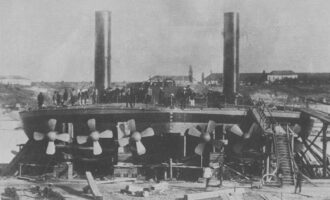

The late 19th century was an age of vigorous experimentation, with enough talent and money spent on extravagant naval innovations to make our modern shipbuilders
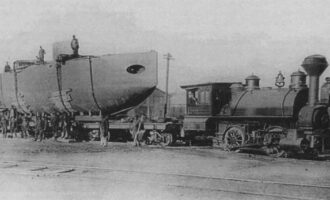
In Part 1 we saw the early outbursts of inspiration and genius, which led to random but fascinating developments – the maritime equivalent of Woodstock,

It lurks in the depths, blind in the complete darkness below, but hearing every little sound around. Above it – a troop transport with two
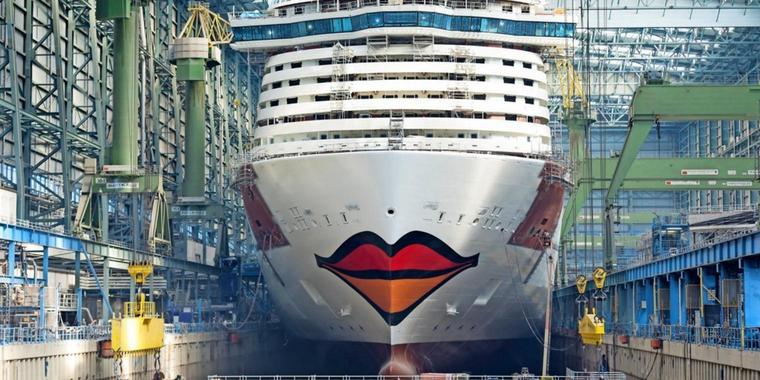
A small German town on the river Ems hides one of Europe’s largest and most advanced shipyards – the Meyer Werft. The shipyard, now in the
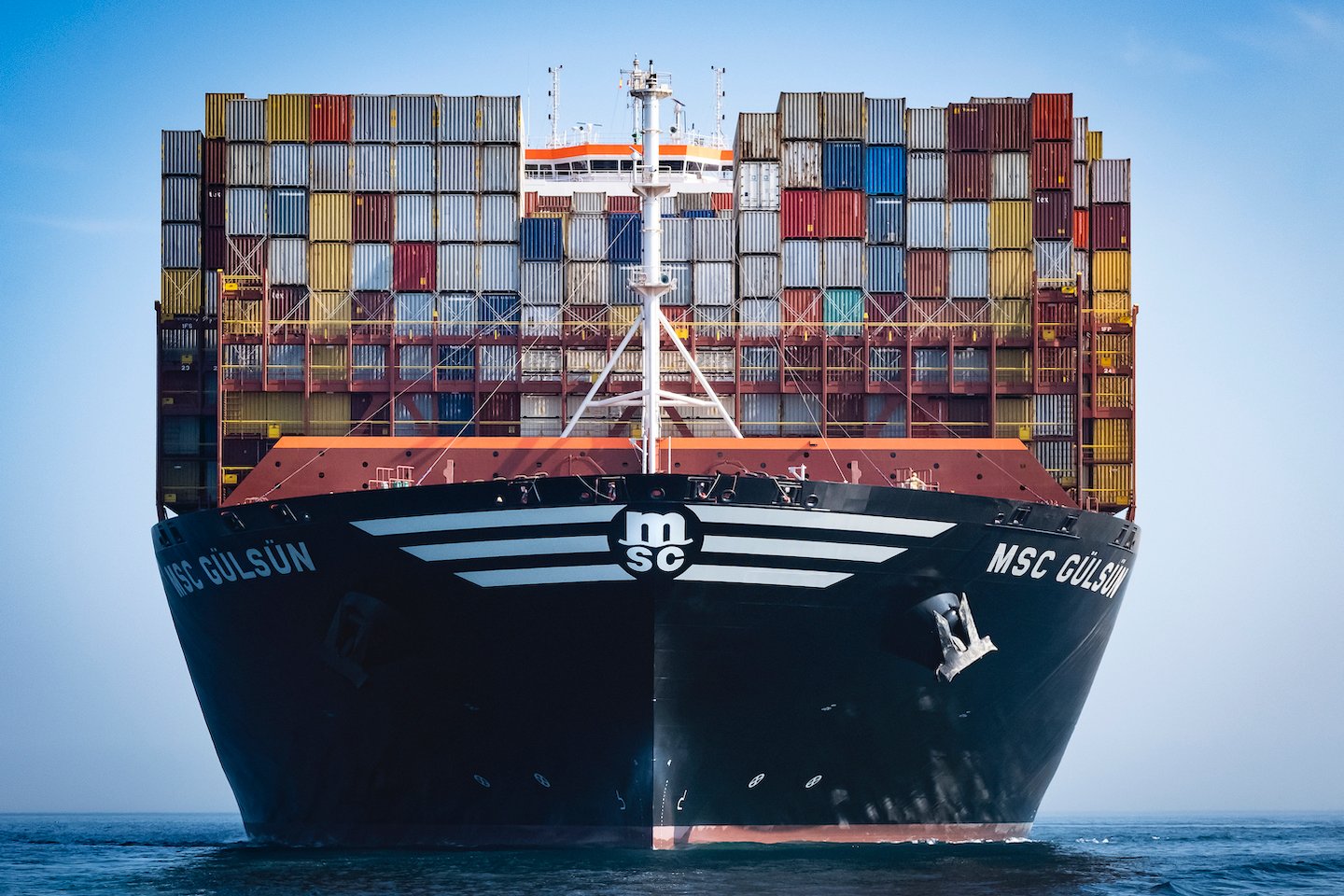
Have you ever looked at a giant ship and wondered how such a heavy object made of steel floats in water? I know I have.
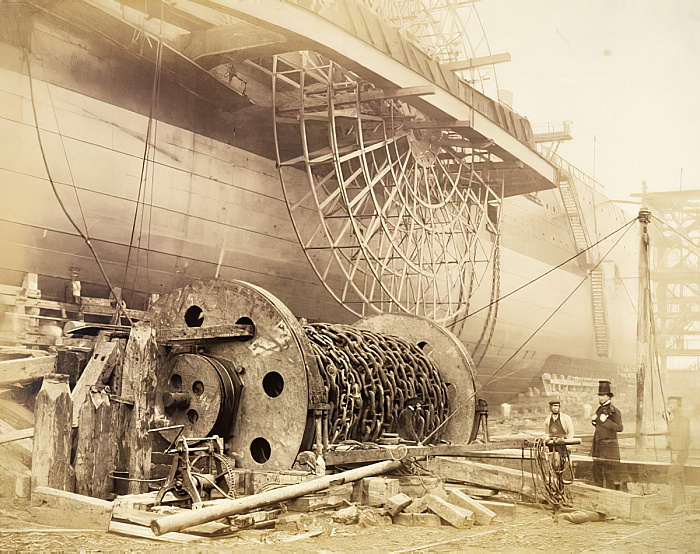
The Industrial Revolution began in Britain in the 18th century and was a time of reason and enlightenment, of ingenuity and progress, of whistling steam-powered
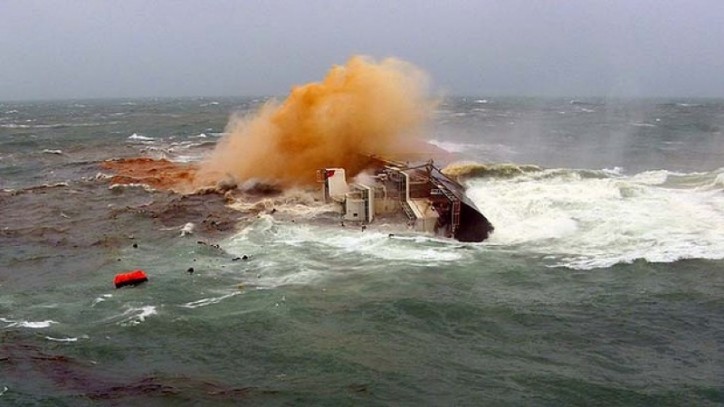
Bulk carriers make up around 21 percent of today’s merchant ships. They are special ships used to transport solid bulk cargo, defined by the International
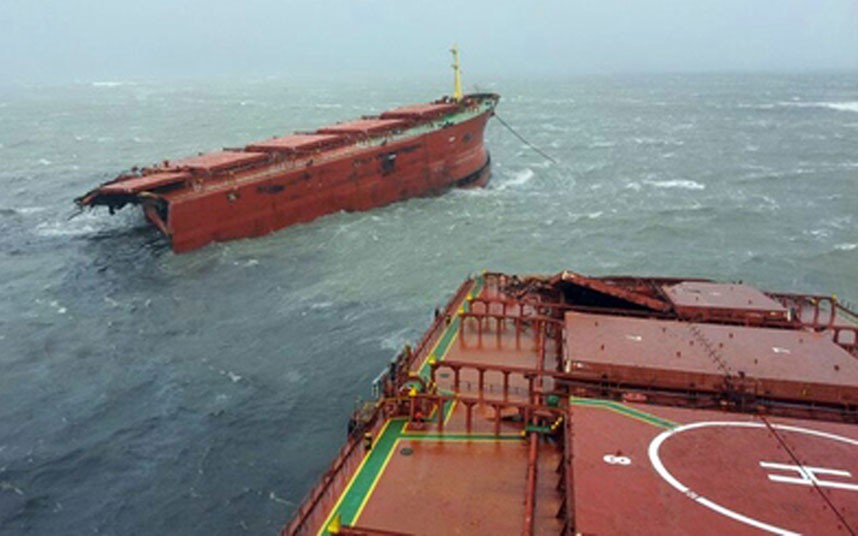
Structural failure of ship hulls has led to the loss of hundreds of vessels throughout history. As the scale of today’s bulk carriers becomes larger
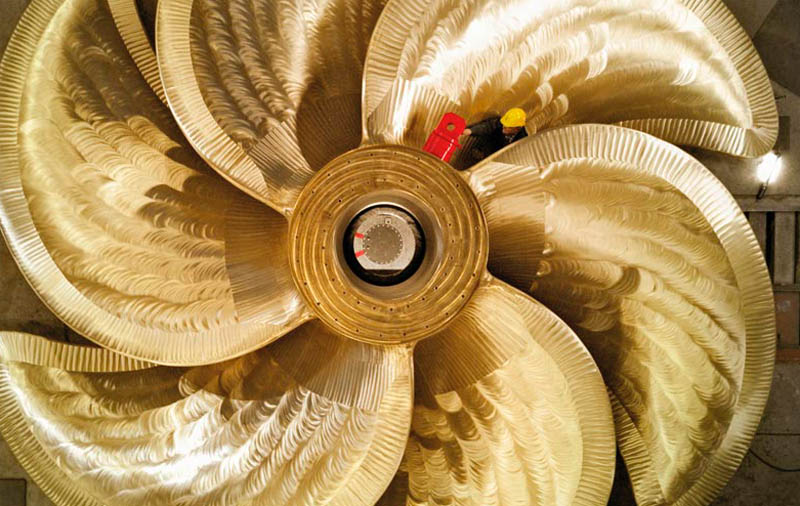
Who else has ever stood next to the stern of a docked ship and immediately tried to catch a glimpse of the propeller through the
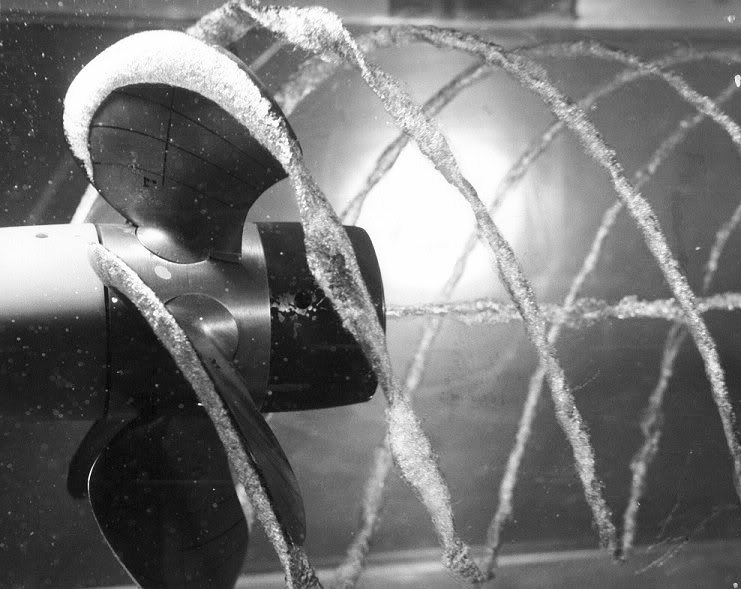
Shortly put, cavitation is the formation and dissolution of vapor-filled voids (vapor bubbles) in liquid mediums. But how do these voids form when looking at